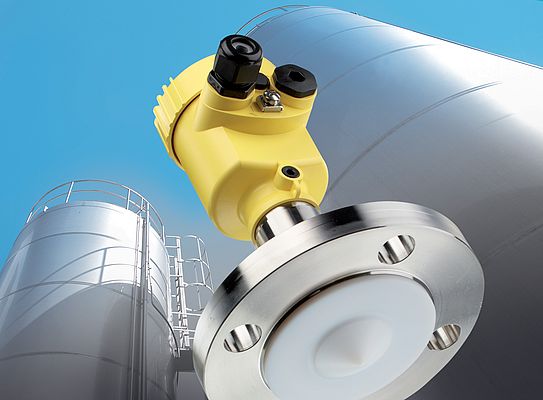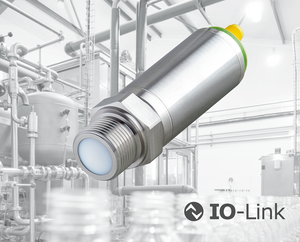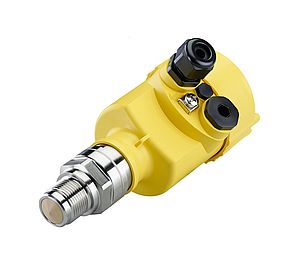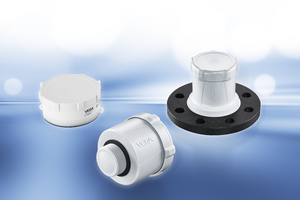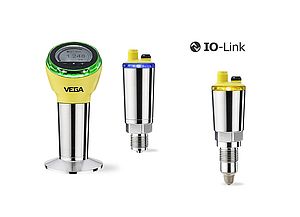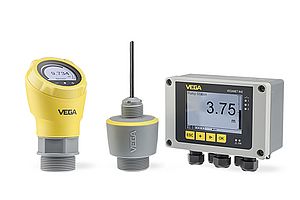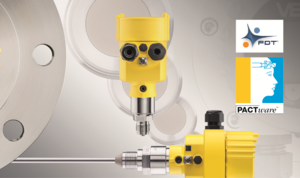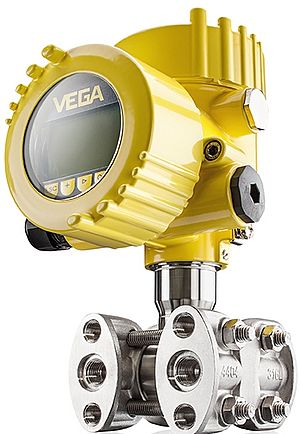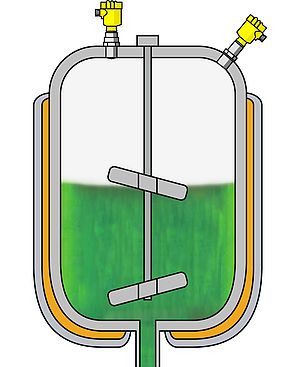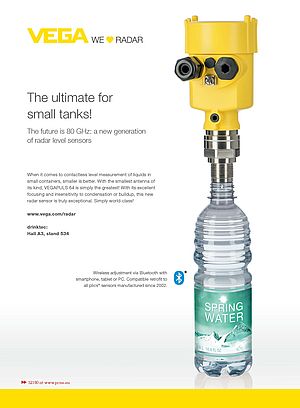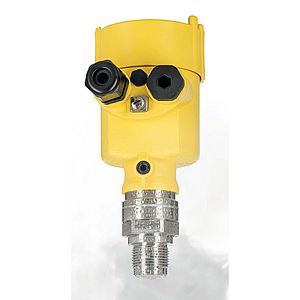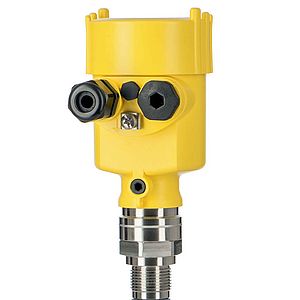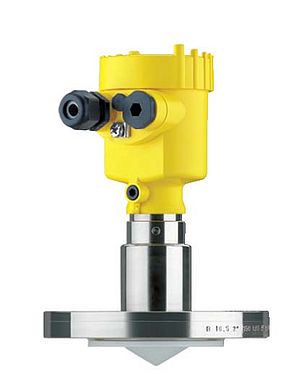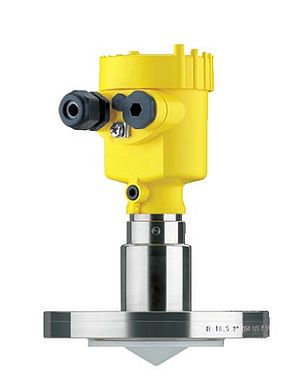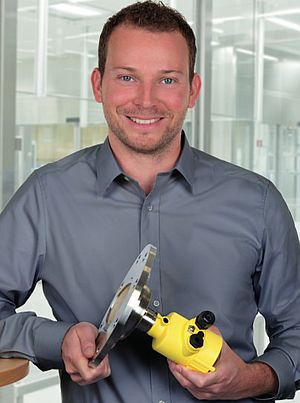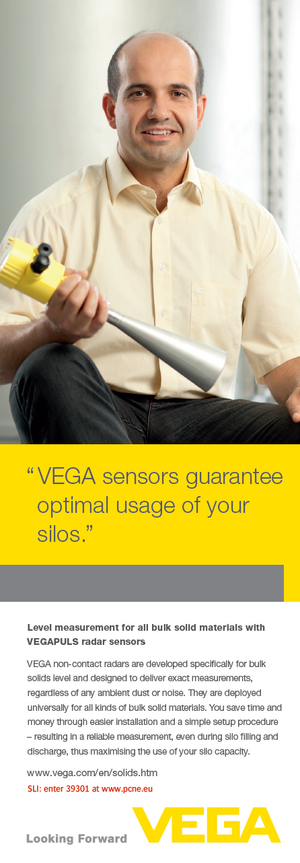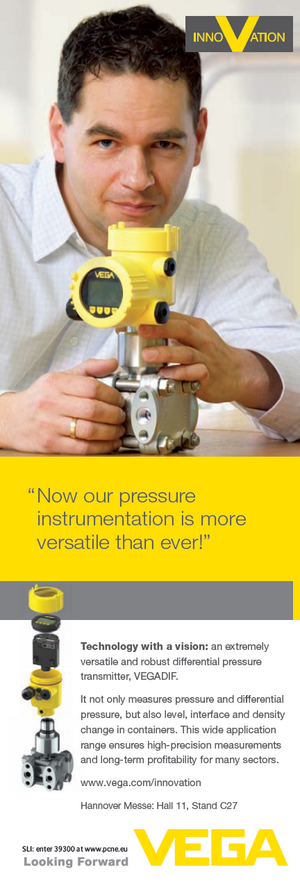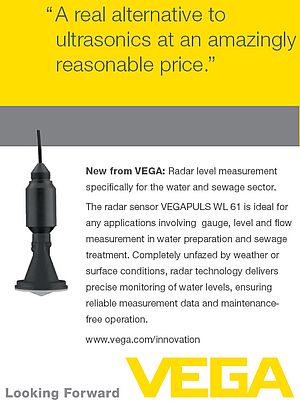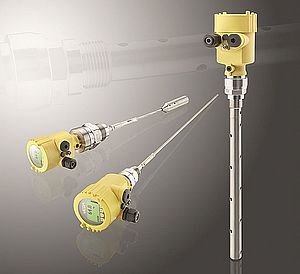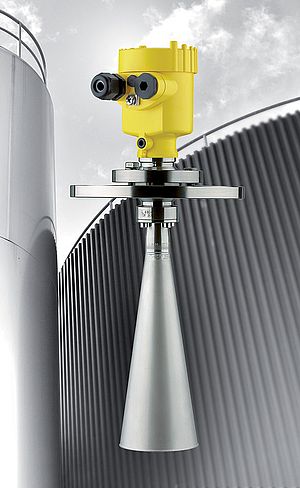PCN Europe talked to Günter Kech, managing director of the areas sales and marketing of VEGA Grieshaber KG, a world-leading supplier of level, switching and pressure instrumentation. In 1997, VEGA introduced the first ever two-wire radar sensor.
How does radar level measurement work?
Short microwave pulses are emitted by a transmitter in the direction of the medium. The running time of the pulses is proportional to the distance to the product surface. With the help of a special sampling method it is possible to measure the extremely short signal running times with high precision and thus determine the exact distance to the medium.
What are the advantages of radar compared to conventional measuring methods?
The technological advantages over previous measuring methods in the area of bulk solids are: non-contact measurement, no signal loss during filling, no problems with dust, very narrow signal beam due to the antenna, and finally, implementation in temperatures up to +150° C. We are therefore convinced that the standard method for continuous bulk solids measurement in the future will definitely be radar.
Could you describe a relevant application to elaborate?
The raw material melamine is used in plastics production; extreme dust generation during pneumatic filling is quite problematic for the level measurement of melamine. It makes measurement with ultrasound sensors practically impossible because the sound waves are strongly damped. Radar sensors are perfectly suited for measuring melamine. The extreme dust generation does not lead to any considerable damping of the microwaves since the particle size, in comparison to the wavelength of the signals, is very small - no reflections arise from it.
Furthermore, propagation of the electromagnetic waves is affected neither by the turbulent air currents caused by pneumatic filling nor by possible temperature differences in the silo. A horn antenna with a diameter of nearly 100 mm ensures very good focusing of the emitted signal and provides, in combination with a swivelling holder, the option of aligning the sensors to the bulk solid surface.
What are the recent developments in radar level measurement?
Radar sensors are today more effective than ever and allow measurement under extremely difficult operating conditions. Moreover, their simple adjustment structure with application parameters makes it even easier to adapt the sensors to the respective application.
The developments of the last years are mostly related to more elaborate software and modern high-performance hardware, those factors enable the development and application of even more complex algorithms. This re-engineering of the radar devices lead to a higher measuring certainty, whereas signal monitoring over time allows a precise assessment of the signal quality. This reliable technology in combination with the enhanced measuring accuracy of modern radar measuring devices leaders to higher user benefits and enables effective asset management.
Could you give our readers an outlook into the future of the technology?
You can rest assured that there will be even more powerful instruments and even smaller antennas in the future. The limits of this measuring method haven’t yet been reached. We will continue to expand the application range of radar level measurement technology, e.g. to smaller containers, and realize level monitoring there with the same high performance.
In the next 10 years the radar technology for level measurement will more and more replace other technologies like ultra-sound. In certain areas like the major chemical industry radar has already established itself as the standard these last 10 years.
In the near future we expect strong impulses from a separate standard for the application of radar in open-air sites. The regulations that will originate from this standard concerning e.g. frequency and power will give the users the confidence to use radar technology outside of enclosed areas en containers, e.g. in the cement industry. This EN standard is promoted manufacturer-independent by the suppliers of radar measuring devices and we expect the norm to be passed before the end of the year.
Interview held by Constanze Schmitz, Editor PCN Europe


